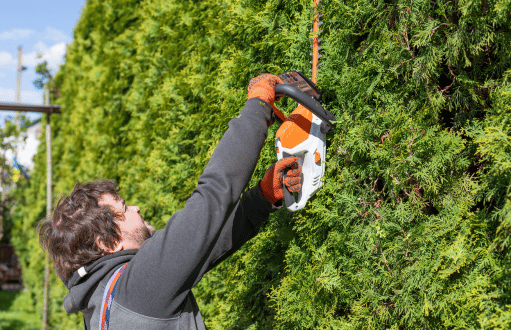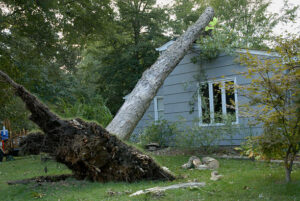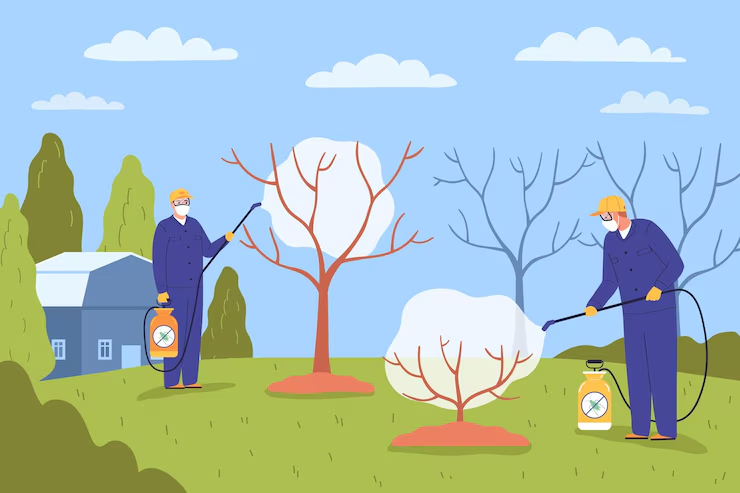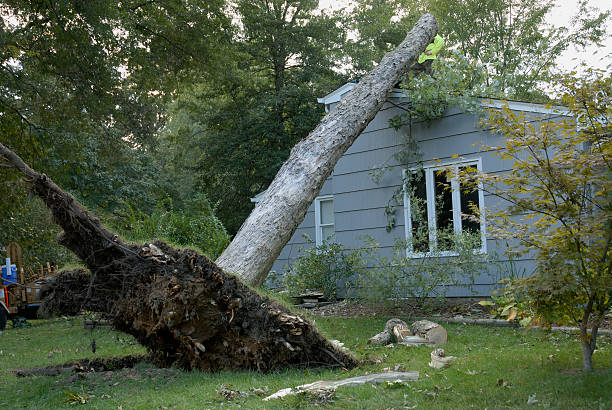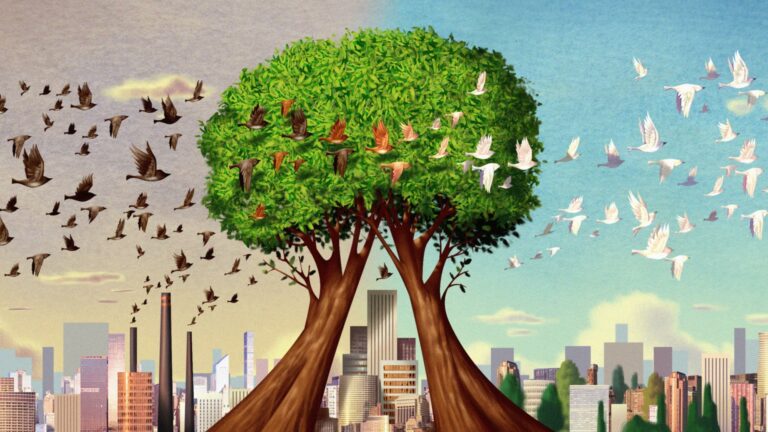What Are the Best Drought-Resistant Trees?
If you live in a dry climate or a region facing water restrictions, choosing the right trees for your landscape can be a real game-changer. Drought-resistant trees not only survive but thrive with minimal water, making them the perfect solution for sustainable landscaping. Whether you want to conserve water or create a low-maintenance garden, selecting the right species can reduce your water usage significantly. Here’s a comprehensive guide to the best drought-resistant trees you can consider for your landscape.
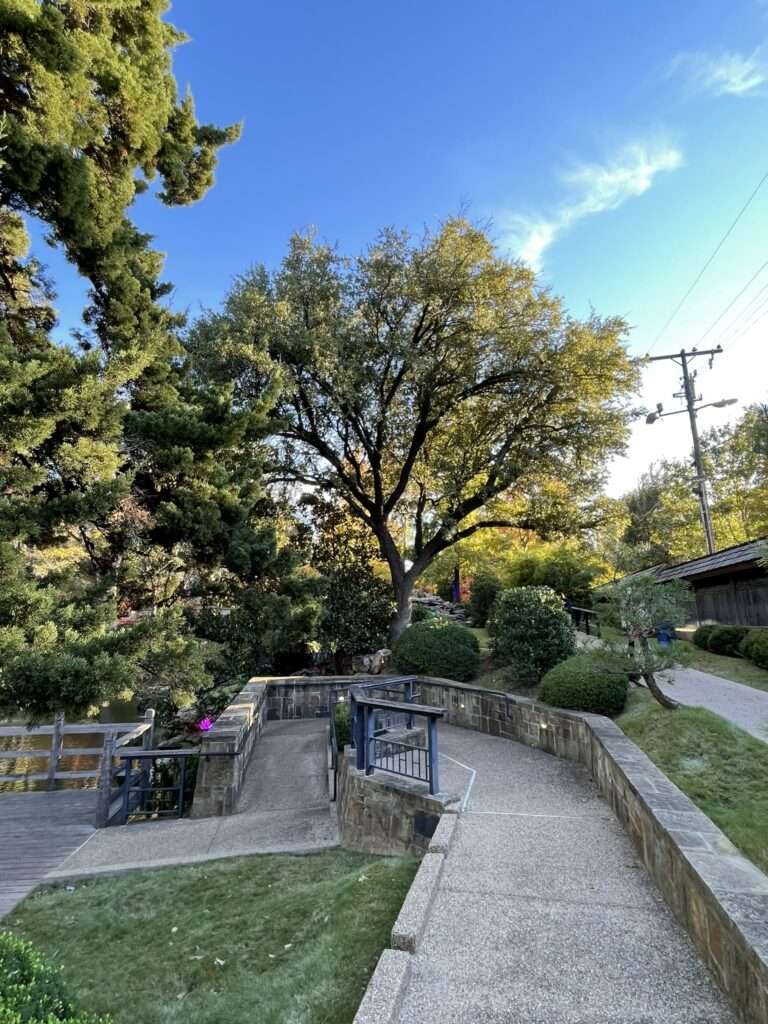
1. Red Maple (Acer rubrum)
Adaptability: This tree is highly adaptable, thriving in a wide range of soil types, making it an excellent choice for diverse landscapes.
Water Requirements: While it needs moderate water initially, once established, the Red Maple becomes quite drought-tolerant.
Notable Features: Its vibrant red foliage in the fall is a standout feature, along with its tolerance for dry spells.
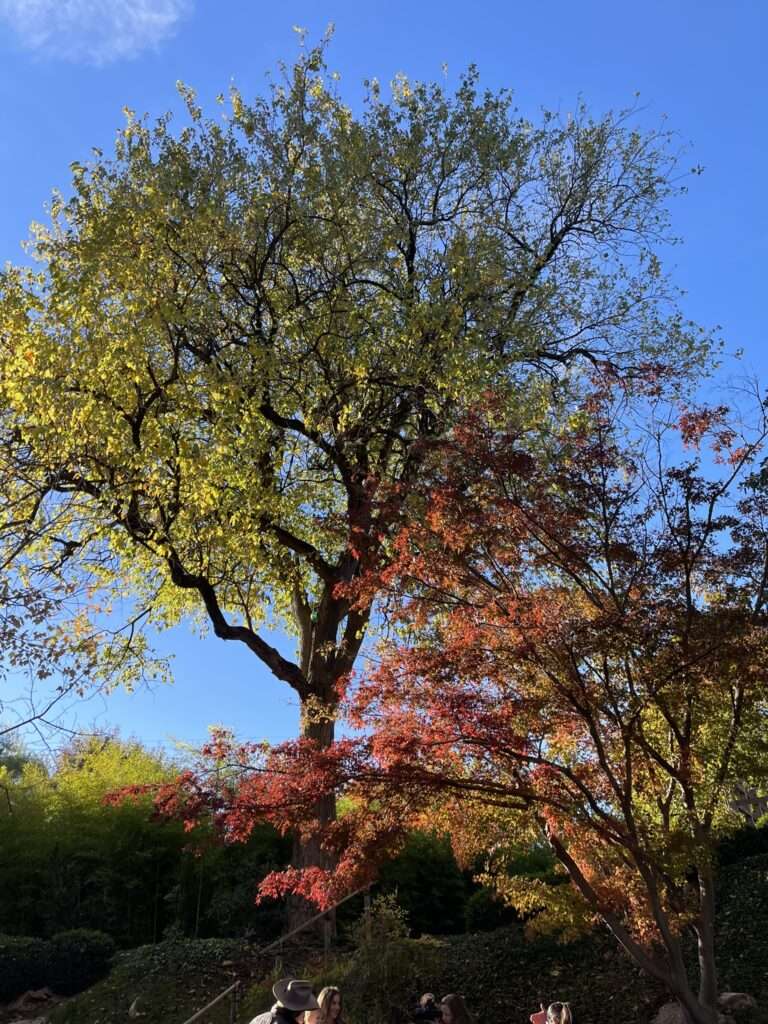
2. Palo Verde (Parkinsonia spp.)
Adaptability: Native to arid regions, the Palo Verde tree is built for dry conditions, making it perfect for landscapes with little rainfall.
Water Requirements: Extremely drought-tolerant, Palo Verde can survive on minimal water once it’s established.
Notable Features: This tree has green bark that photosynthesizes, along with stunning yellow flowers in spring.
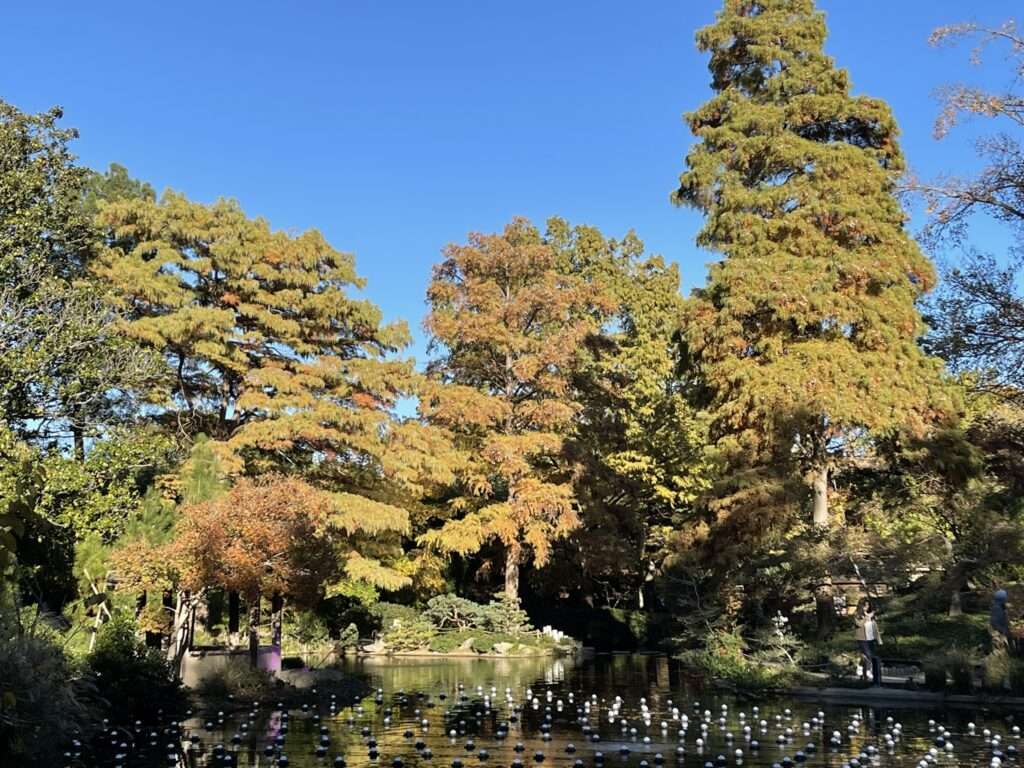
3. Honey Mesquite (Prosopis glandulosa)
Adaptability: Perfect for desert climates, the Honey Mesquite is known for its toughness and ability to thrive in dry conditions.
Water Requirements: It requires very little water once established.
Notable Features: This fast-growing tree has long, slender leaves and produces aromatic flowers.
4. Desert Willow (Chilopsis linearis)
Adaptability: Native to the southwestern U.S., the Desert Willow can handle heat and drought with ease.
Water Requirements: It needs minimal water after it’s established, making it a good choice for dry landscapes.
Notable Features: Known for its beautiful trumpet-shaped flowers and attractive open canopy.
5. Live Oak (Quercus virginiana)
Adaptability: This tree is adaptable to various soil types and is one of the most resilient in dry conditions.
Water Requirements: After establishment, it requires minimal water.
Notable Features: With evergreen leaves and strong branches, the Live Oak provides excellent shade, making it ideal for larger landscapes.
6. Bald Cypress (Taxodium distichum)
Adaptability: Although this tree thrives in moist conditions, it is surprisingly adaptable and can endure dry spells.
Water Requirements: Once established, it is drought-tolerant, though it prefers wetter soils.
Notable Features: Its feathery foliage turns copper in the fall, providing stunning visual interest year-round.
7. Italian Cypress (Cupressus sempervirens)
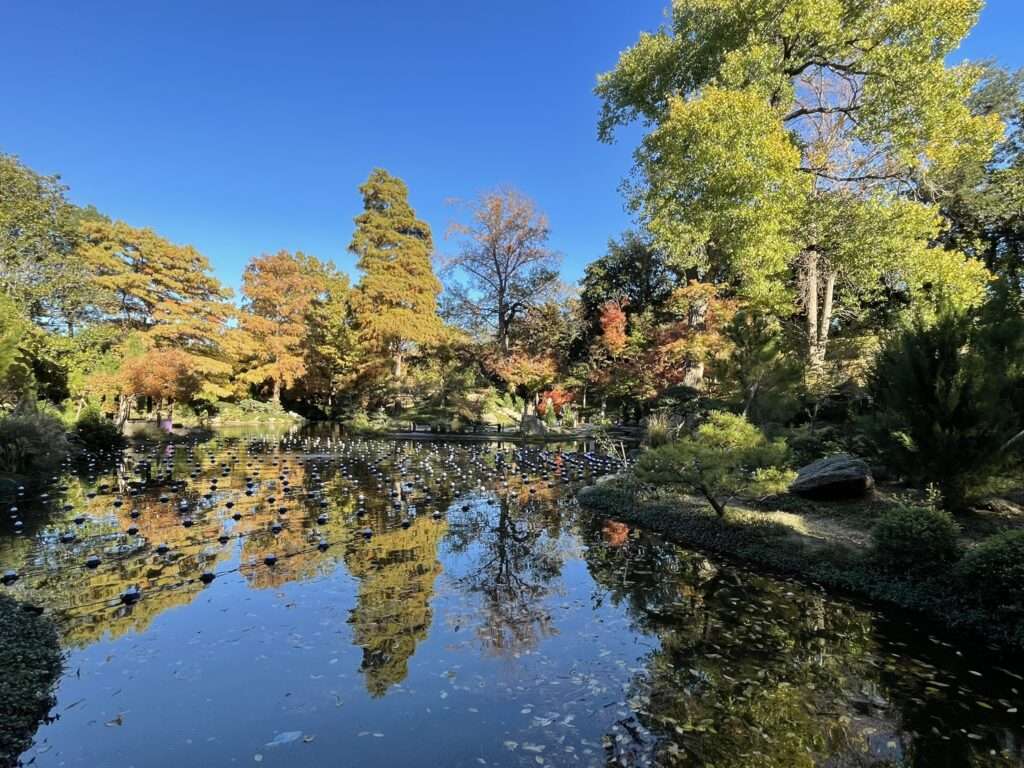
Adaptability: Ideal for Mediterranean and dry climates, the Italian Cypress thrives in arid conditions.
Water Requirements: Once established, it requires very little water.
Notable Features: Known for its tall, narrow shape, this tree is often used for vertical accent planting.
8. Crape Myrtle (Lagerstroemia indica)
Adaptability: Crape Myrtle is a fantastic tree for hot, dry climates and is one of the most colorful trees during the summer.
Water Requirements: This tree is drought-tolerant once established and requires low to moderate water.
Notable Features: It blooms in vibrant colors, ranging from pink to red to white, and its attractive bark adds a unique look to the landscape.
9. Cedar Elm (Ulmus crassifolia)
Adaptability: Native to the southwestern U.S., this tree is perfect for areas prone to drought.
Water Requirements: Once established, it thrives with minimal water.
Notable Features: Its small, leathery leaves and rounded canopy provide excellent shade, making it a great choice for larger gardens.
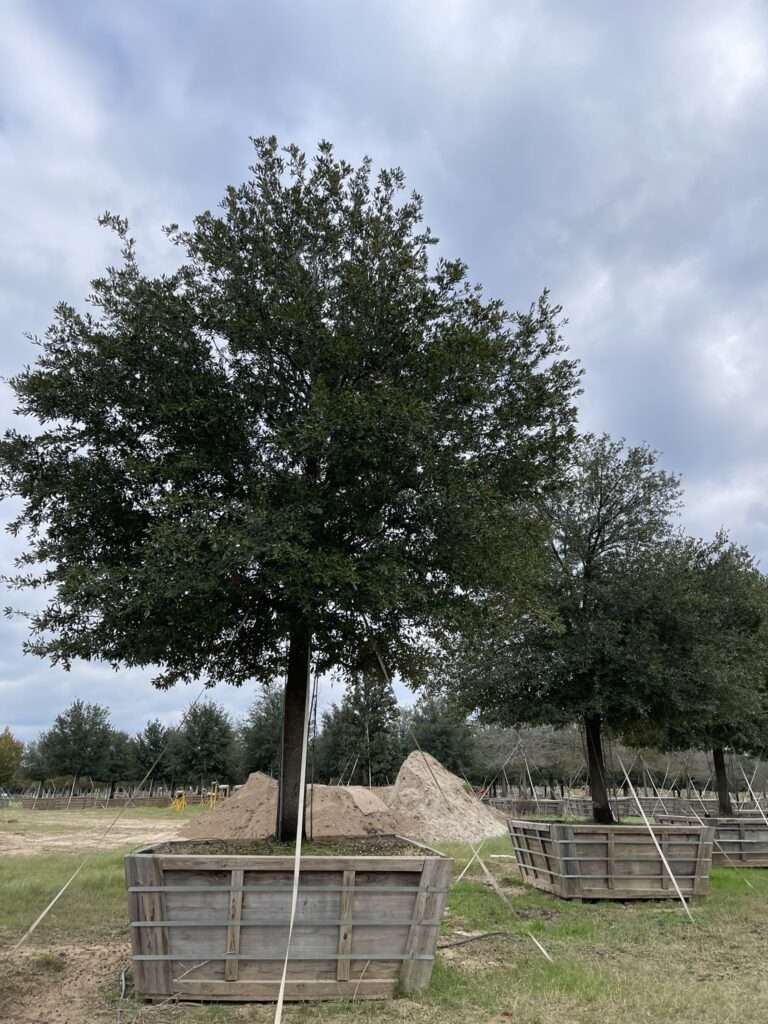
10. Texas Mountain Laurel (Sophora secundiflora)
Adaptability: This tree thrives in the arid, rocky areas of Texas and Mexico.
Water Requirements: It requires very little water once established.
Notable Features: Its beautiful purple flowers make it an ornamental favorite, ideal for smaller gardens and yard spaces.
11. Western Redbud (Cercis occidentalis)
Adaptability: This tree thrives in dry, well-drained soils.
Water Requirements: While it requires moderate water initially, it becomes drought-tolerant once established.
Notable Features: The Western Redbud is best known for its stunning springtime blossoms with purple-pink flowers.
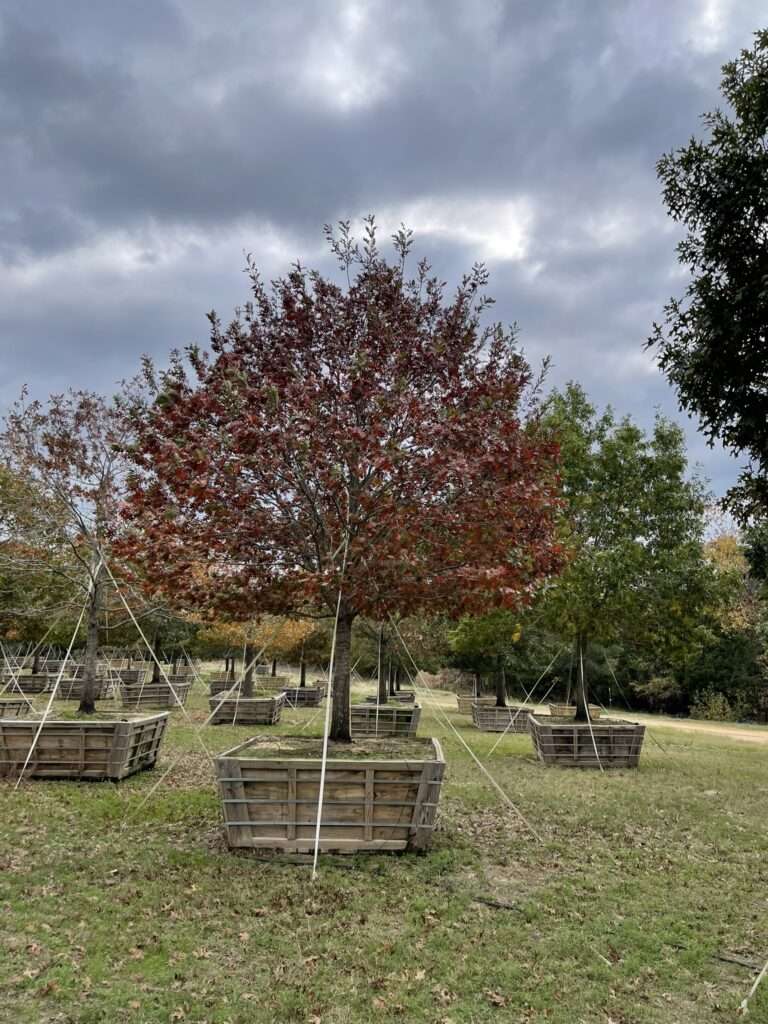
12. Rocky Mountain Juniper (Juniperus scopulorum)
Adaptability: Known for tolerating extreme drought, the Rocky Mountain Juniper can handle the harshest of climates.
Water Requirements: It needs very little water once established.
Notable Features: Its attractive bluish-green foliage makes it an excellent choice for windbreaks and as a specimen tree.
Key Considerations When Planting Drought-Resistant Trees
- Soil Preparation: Ensuring well-draining soil is crucial to prevent root rot and ensure the long-term health of your tree.
- Mulching: Applying mulch around the base conserves moisture and reduces the soil temperature.
- Deep Watering: Once established, make sure to water deeply to encourage deep root growth.
- Sun Exposure: Most drought-tolerant trees prefer full sun, although some can handle partial shade.
By selecting drought-resistant trees, you not only reduce your water usage but also create a beautiful, sustainable landscape that requires minimal maintenance.
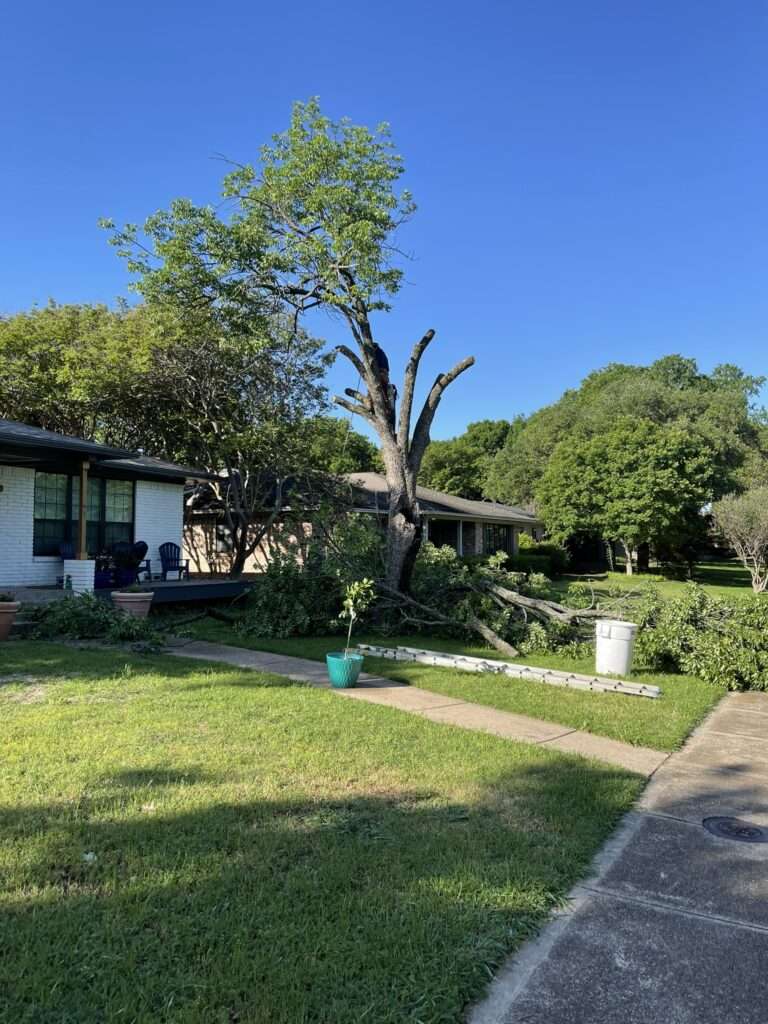
FAQ: Frequently Asked Questions About Drought-Resistant Trees
Q1: What are drought-resistant trees?
A1: Drought-resistant trees are species that can survive in dry conditions, requiring minimal water once they are established. They have adapted to low-water environments and thrive with little to no irrigation.
Q2: How do drought-resistant trees save water?
A2: These trees have deep root systems, waxy leaves, or other adaptive traits that help them conserve water. They can absorb water from deeper soil layers and reduce evaporation, which makes them highly water-efficient.
Q3: Can I plant drought-resistant trees in any climate?
A3: While drought-resistant trees are suitable for arid and semi-arid climates, many species can also adapt to wetter conditions once established. It’s essential to choose a tree that matches your specific climate needs.
Q4: What are the benefits of planting drought-resistant trees?
A4: The main benefits include reduced water usage, lower maintenance costs, and a more resilient landscape. These trees also provide habitat for wildlife and contribute to overall environmental sustainability.
Q5: What types of soil are best for drought-resistant trees?
A5: Drought-resistant trees generally prefer well-draining soils. Sandy or loamy soils are ideal, but some species can tolerate poor or rocky soils, as long as there’s proper drainage.
Internal Links
- Tree Removal Services in Arlington
- Tree Removal Services in Keller
- Tree Removal Services in Fort Worth
- Tree Removal Services in Grand Prairie
- Tree Removal Services in Dallas
- Tree Removal Services in Trophy Club
- Tree Removal Services in Frisco

